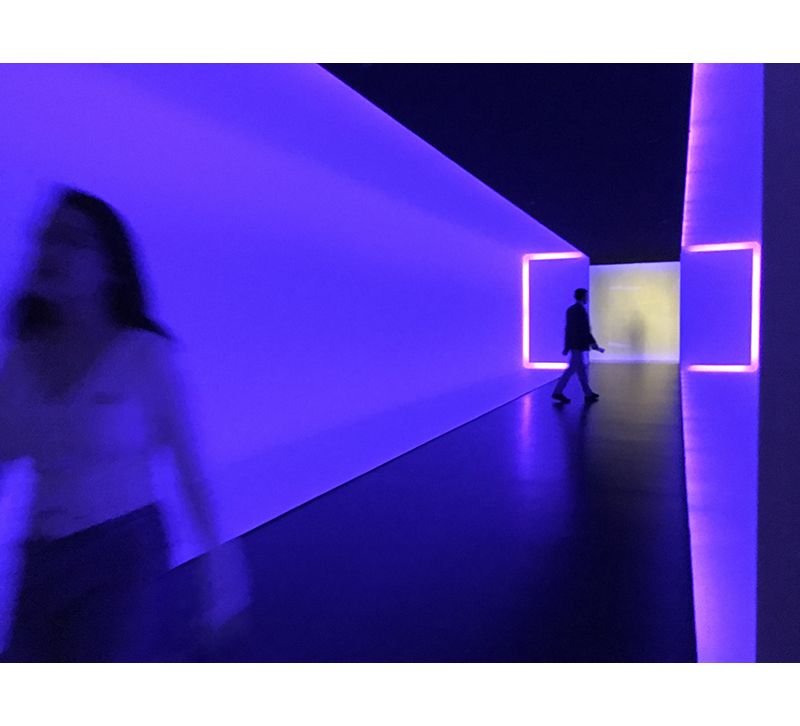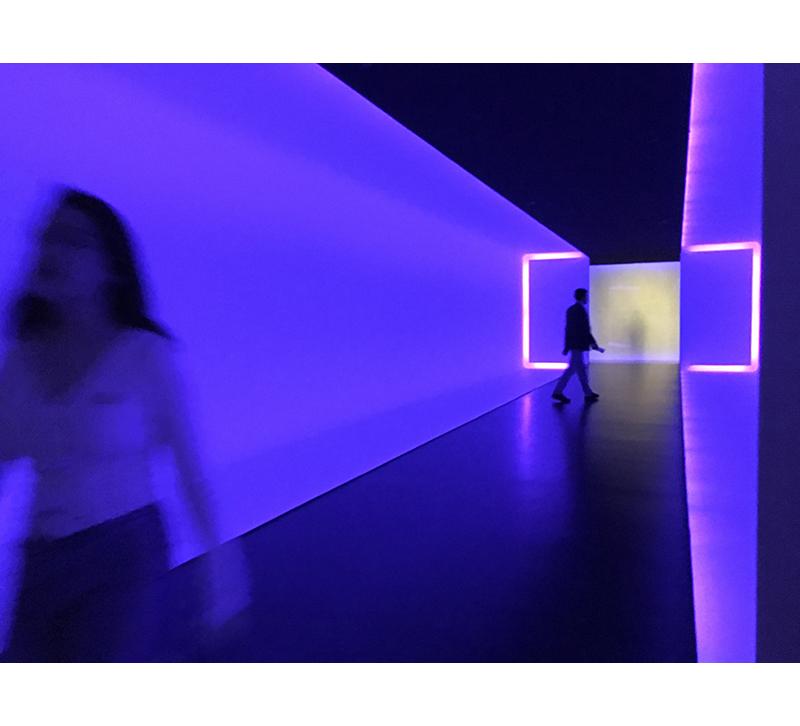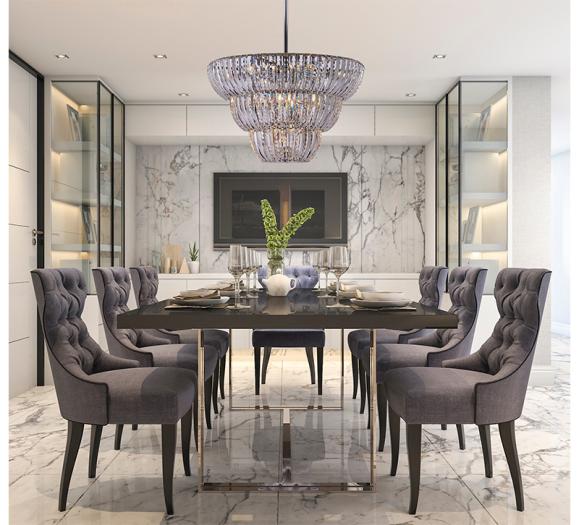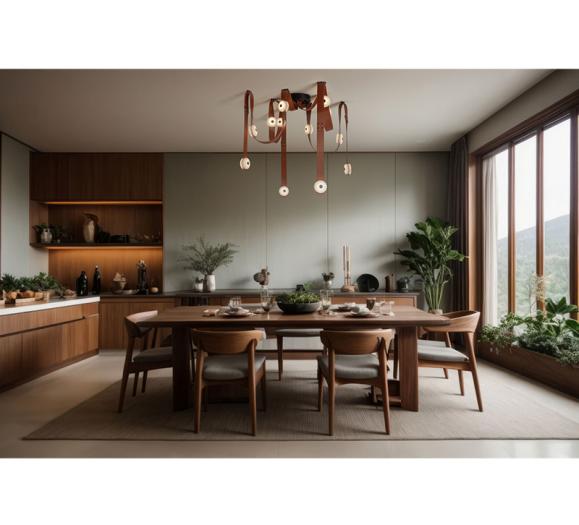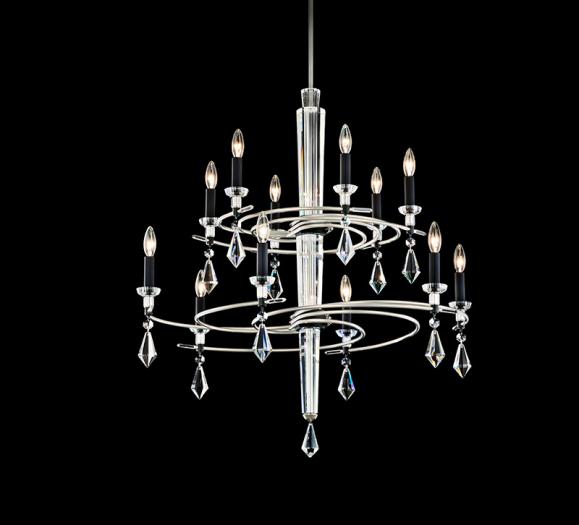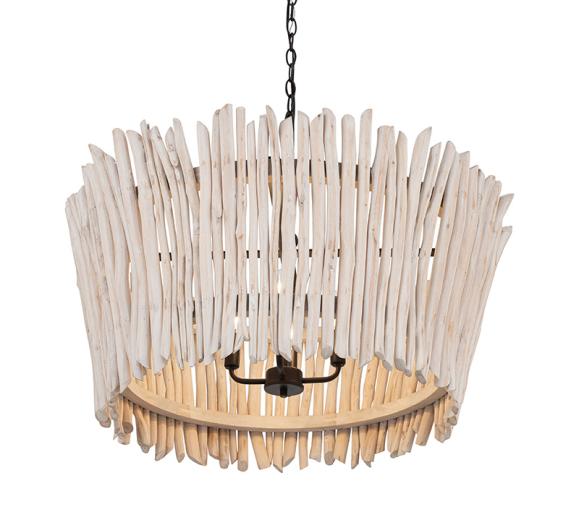There is something about neon that just enthralling. It is amazing to me that something so rigid can look so fluid. I like to think of neon as the art of signage. And certainly artists have used neon has their artistic medium. There is something so magical about it. We are drawn to these bright neon lights as moths are drawn to flame. Neon makes us think of the bright lights of Broadway and Times Square in New York City, the Las Vegas Strip and the honky-tonks of Nashville. They also draw us into corner bars, taquerias and movie theaters.
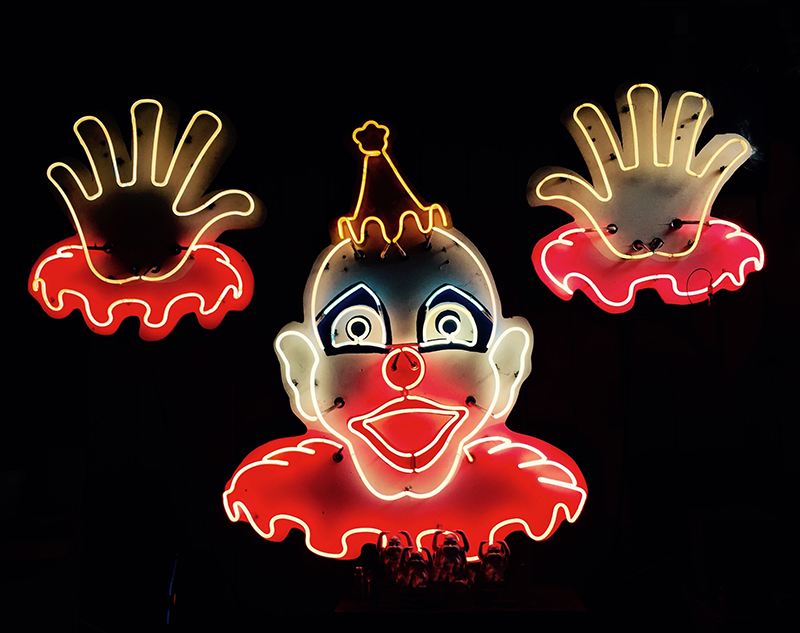
Neon’s heyday in the United States was from the 1920s through the 1950s. In the 1940s there were almost 2,000 shops producing neon signs. It was originally introduced in 1910 by Georges Claude at the Paris Motor Show.
Neon in its natural form has an orange-red glow. When it is combined with other noble gasses then other colors can be produced. Krypton generates a green light, while helium turns the light pink.
As modern day signage is moving over to LED alternatives, organizations are busy trying to save these vintage neon signs. Local municipalities, like the city of Oakland in California, have saved sumptuous movie palaces like the Paramount Theatre. The interior is a glorious art deco fantasy that feels like you are entering the Emerald City of Oz. It is heartening to see this happening all across the country.
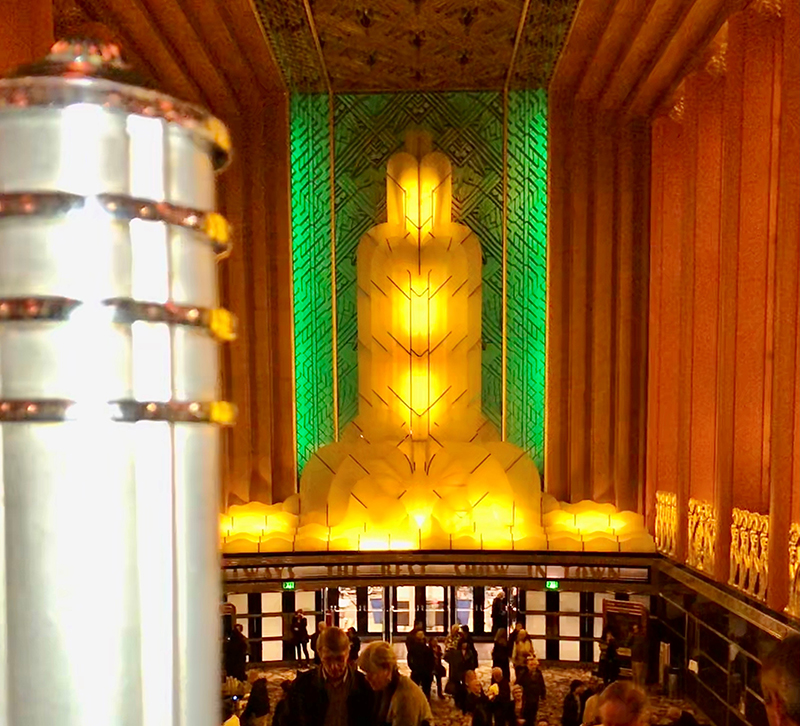
One must-see destination stop for me is The Neon Museum in Las Vegas. It was founded in 1996 as a nonprofit organization which collects and preserves vintage signs from casinos, motels and other venues that no longer exist. The visitor’s center is housed in the former lobby of the La Concha Hotel.
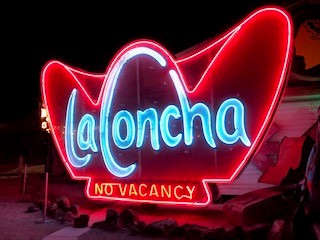
Part of the museum is called the Neon Boneyard which has more than 200 unrestored signs just waiting to be brought back to life. On display are also many examples that have been fully restored.
There is as something exciting about being so physically close to these glittering and pulsating marvels.
Originally, they soared high in the sky, becoming alluring beacons which beckoned people in the darkness of the surrounding desert roadways. To be able to practically reach out and touch them is a whole other delicious experience. The museum is open from 2:00 PM to 10:00 PM most days. Its best to go after dark to get the full effect. Remember to dress warmly as it can get very cold at night in the desert. You can take a virtual tour from their website: neonmuseum.org.
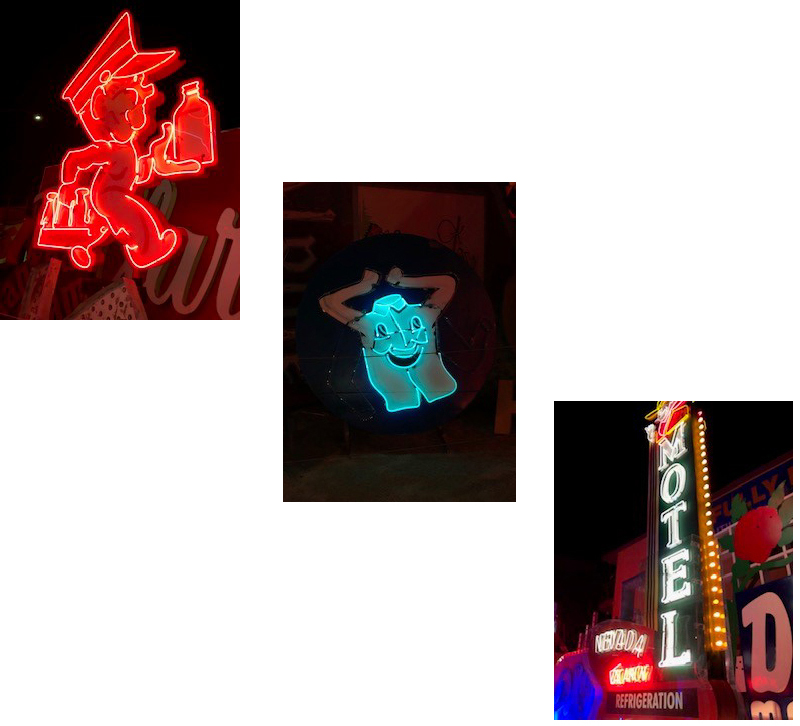
Neon does have a place in residential spaces as well. It is not often subtle. It is best when placed on a dimmer in order to control brightness. There are some outstanding artists that use neon in provocative ways. Some names to look up are James Turrell, Keith Sonnier, Tracey Emin, Ivan Navarro, Glenn Ligon and Jung Lee. More information can be found out about them at artsy.net.
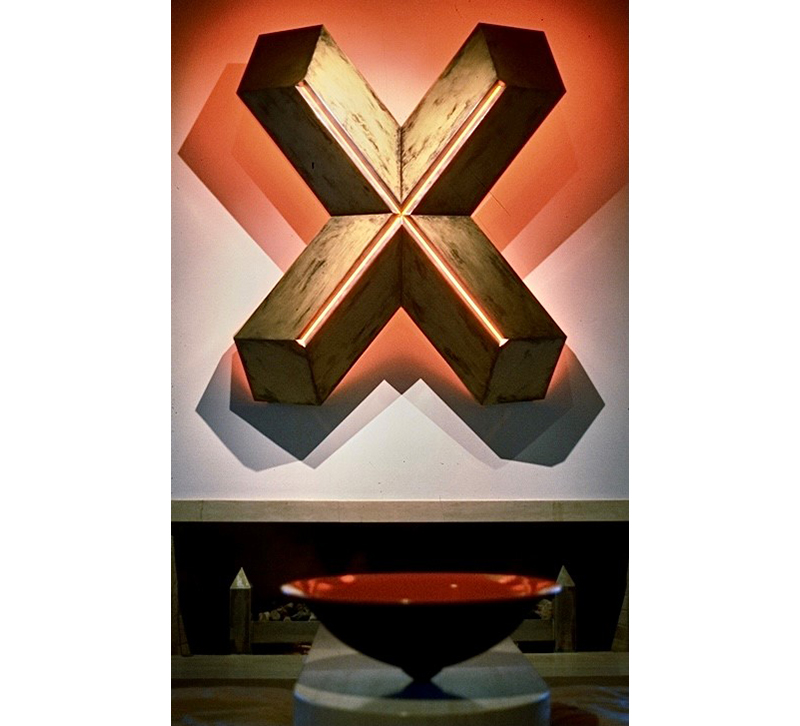
If you would like an experiential moment with neon, consider going to move the Museum of Fine Arts in Houston. There is a permanent installation called The Light Inside by James Turrell. It is both an optical illusion and a sensory emersion. It is hauntingly and futuristically beautiful.
